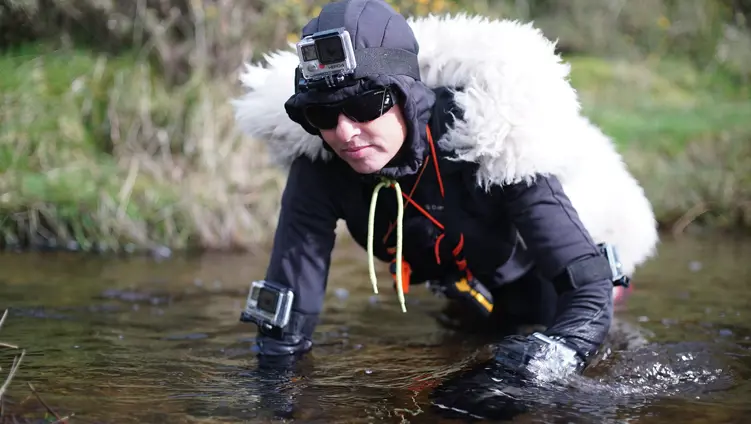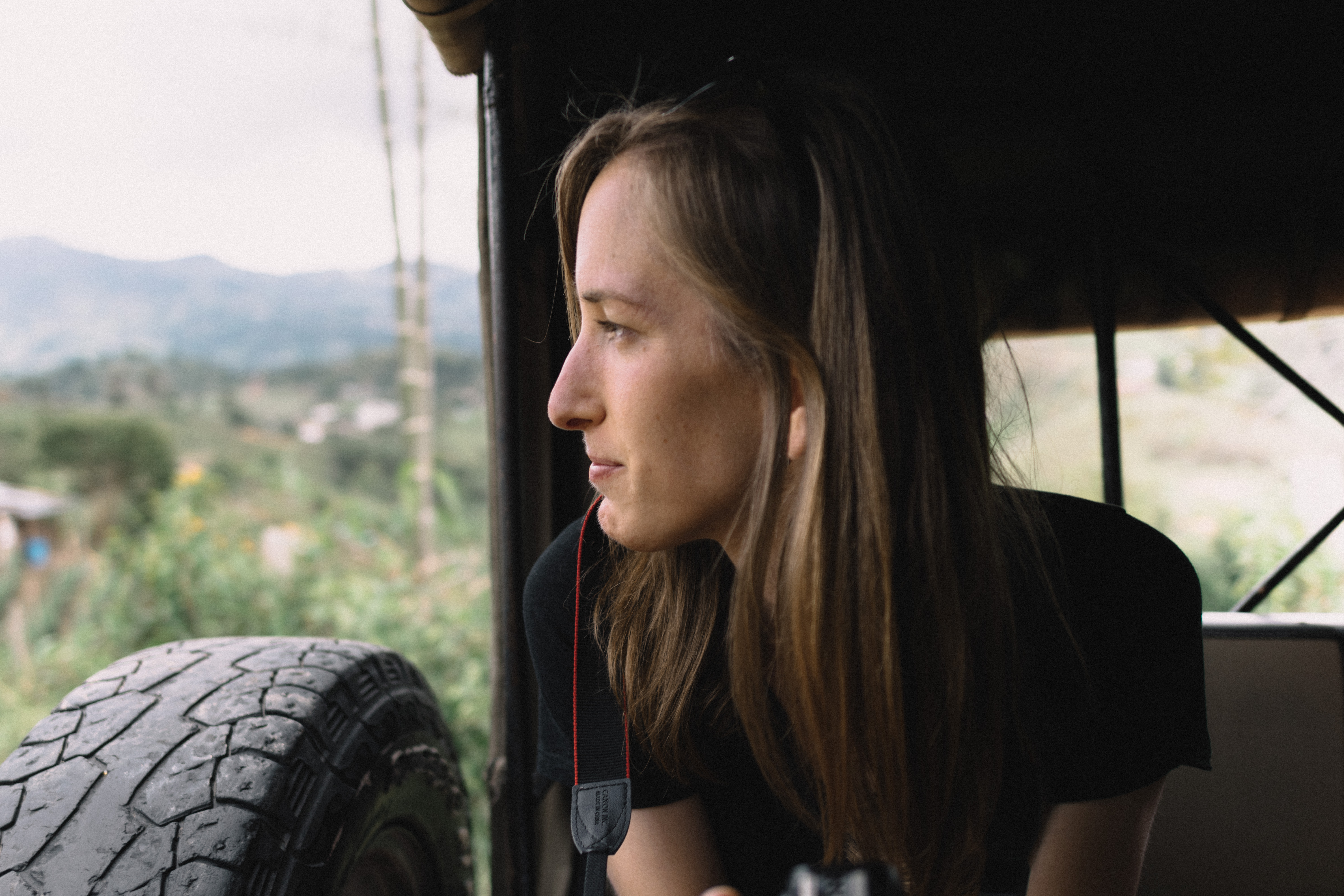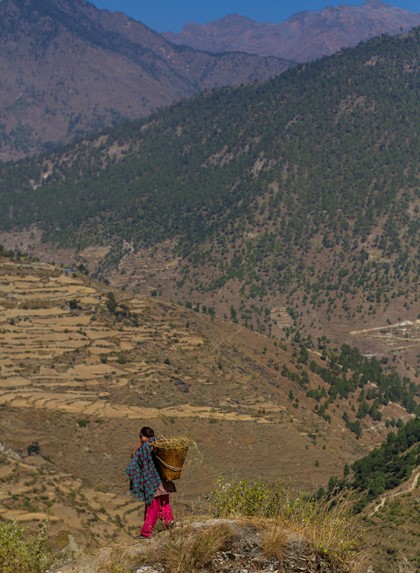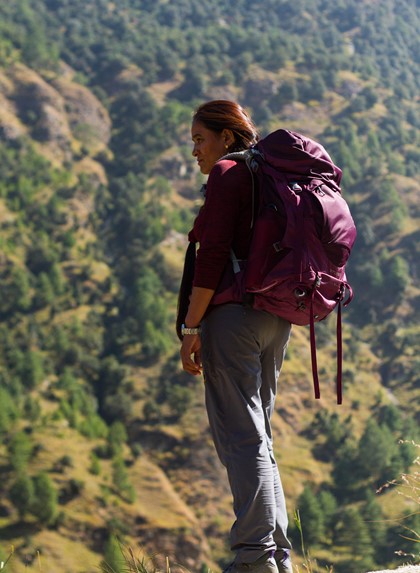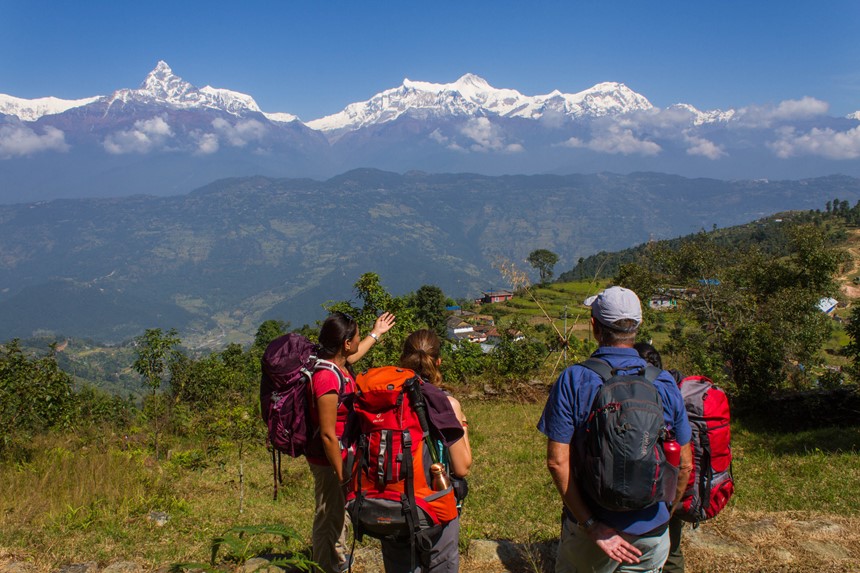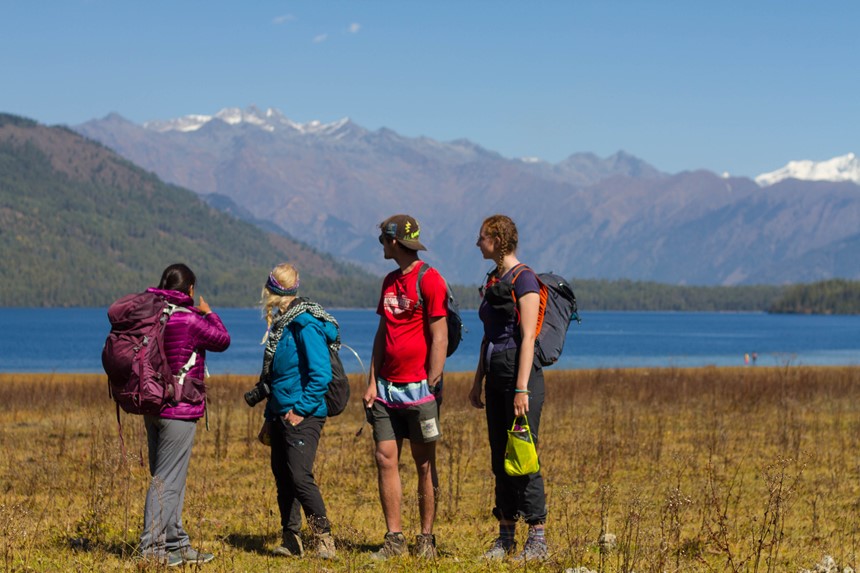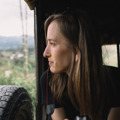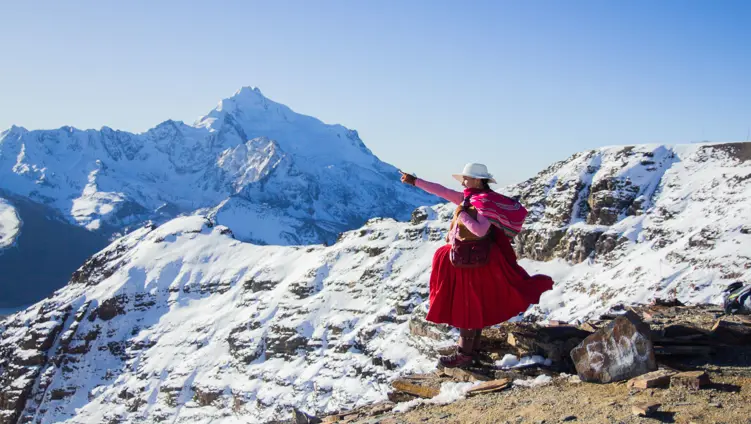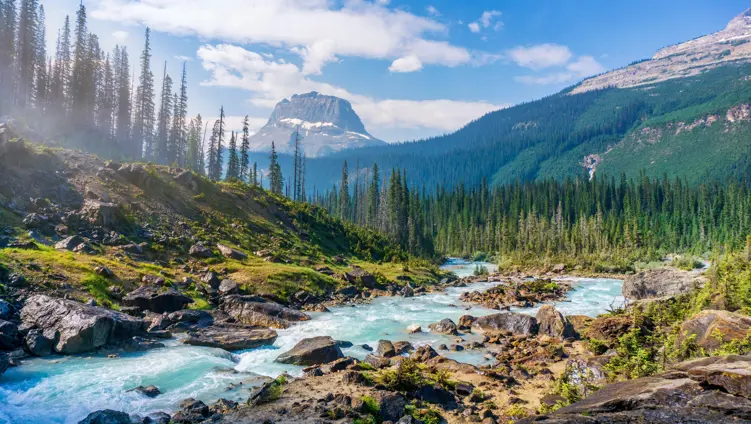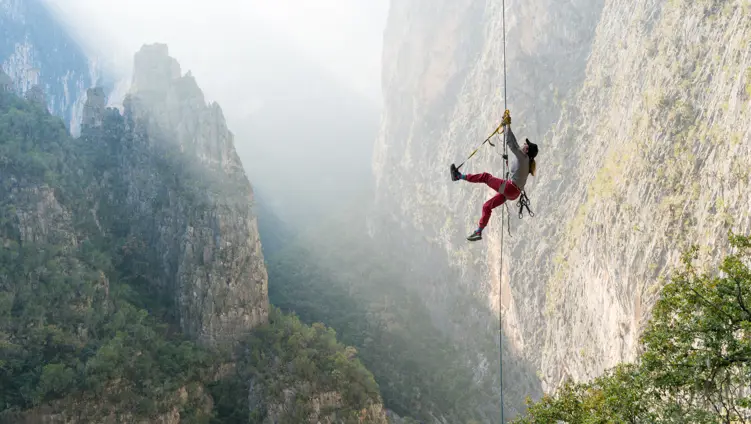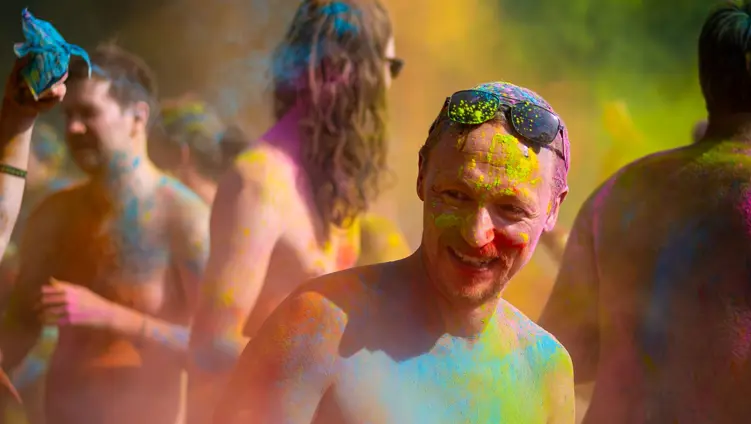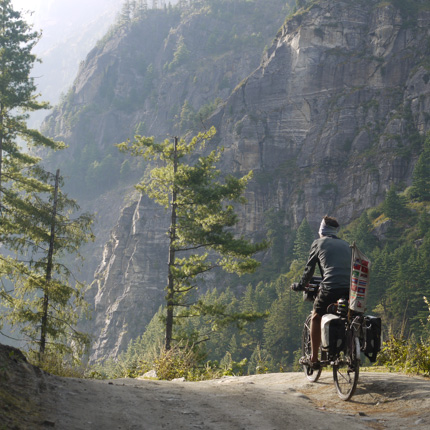Our time in Nepal was incredibly special and simultaneously very demanding for everyone involved. At times it was exhausting, as we were constantly “on” and navigating the ups and downs of storytelling and filmmaking, especially in a foreign country. Even when we weren’t filming, we would discuss what we had and what we still needed while walking to and from the various places we were in, as we ate meals and so on. In the evenings and often into the night, our crew was working on our various tasks and areas of responsibility.
Throughout pre-production, production and post-production, one of the biggest hurdles for us was and is language. Our production team was composed of individuals from Nepal, India, Argentina and the U.S. I was the only native English speaker on our crew, and on occasion we experienced moments of miscommunication that led to some mistakes. While Durga speaks English, we also intentionally chose to film her interviews in Nepali. Conducting all of the film’s interviews in Nepali, with Durga and others, meant we devoted a lot of time to interviews and translation both during production and in post-production.
“Making this film was a different experience from my work,” Durga says. “I enjoyed myself while filming this documentary. Some of it was hard work, but other times were enjoyable. My favourite moment was filming at my family’s house with all of my sisters and brothers.”
Production lasted two weeks, and post-production for our twenty-minute film has lasted roughly fifteen months and has similarly been a journey woven with ups, downs and plateaus. Alan Schwer, our director of cinematography and editor, and myself have been the key players throughout post-production, though we’ve also collaborated with a number of individuals on music and sound mix, colour correction, graphic design, translation and more - including folks who have reviewed various cuts of the film and provided valuable feedback.
